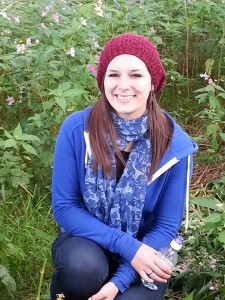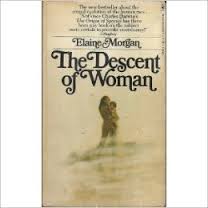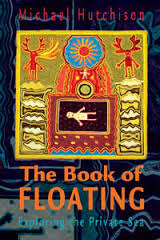On an Autumnal day in New Zealand in March, 1996, I gave birth to my first child at home in a birth pool by candlelight. Mozart’s music played in the room, and she arrived in this world peacefully. She didn’t cry or fuss, but just looked into our eyes and took in her surroundings.
Half an hour later, it was time to cut the cord (if I knew then what I do now, we’d have had a *lotus birth and not cut the cord). She howled and screamed. It has been said that cutting the cord doesn’t hurt, but she clearly felt ‘something’ as our physical connection was severed.
For eighteen years, we have shared our lives. At seven this morning, we waved goodbye. That umbilical cord was well and truly cut. And it bloody well hurt me too. She’s on her own now. This part of my mothering journey with her is over.
I’m no longer there to protect her, make sure she eats her greens, warn her off certain boys, and prompt a bedtime to ensure adequate sleep. My job is done.
I look forward to hearing all the stories about university life. But today, I grieve. Today I trust the tears which fall so freely to cleanse old wounds.
I have found it interesting in these past few weeks how differently people respond to pain. Those who have attachment parented their children ~ they understand. They allow me my grief without trying to band aid over it.
And then there are people who are quick to remind me that she’ll be home in ten weeks. It’ll zip by, they say. Maybe. But I doubt it.
If you ever miscarry, someone is bound to say ‘never mind, you can try again’ or ‘it wasn’t meant to be’…rather than just honouring the loss. They mean well, of course, but it doesn’t help.
Yes, Christmas might be just around the corner (at my age it’s always just around the corner!)…but that’s more than 150 meals we won’t be sharing together. More than seventy mornings where I won’t get to see her smile or share a cup of tea.
As a bonded family, every day is a lifetime to savour. So, in some people’s world ten weeks is nothing. This morning, for me, it is a long time away.
I appreciate she’s not going off to war or ill in hospital. She’s a beautiful, healthy young woman with adventures ahead of her ~ but that doesn’t make the cutting of the umbilical cord any less painful.
The eighteen years between giving birth and saying goodbye, now THAT has zipped by.










